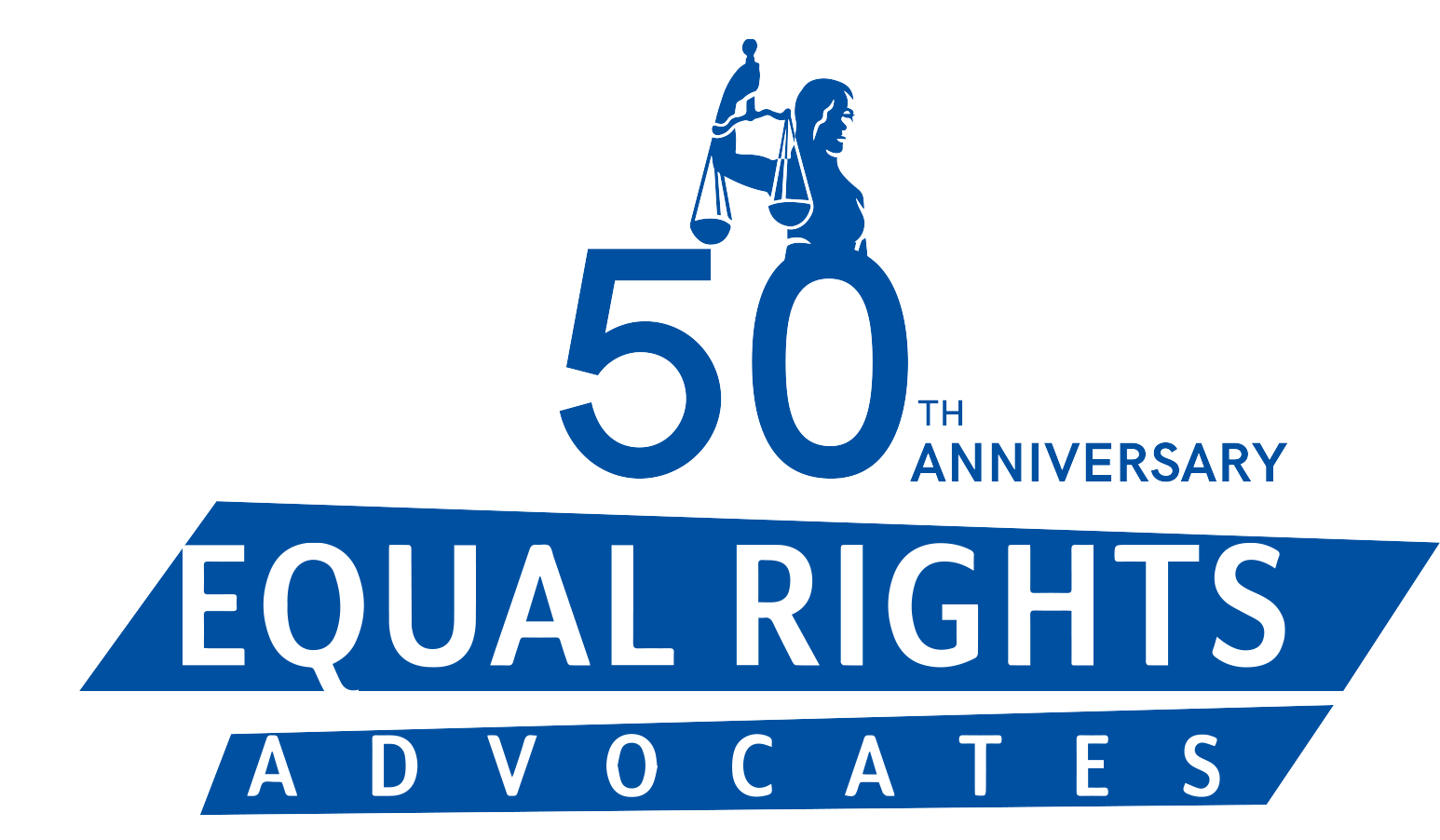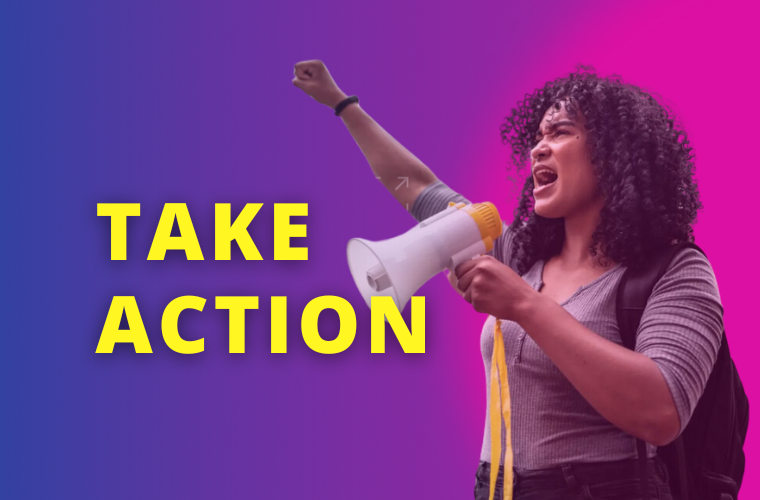

The Senate Passed a Third COVID-19 Relief Package. But What’s In It?
This global crisis is shining a stark light on the inherent inequities in all our systems. We can see who gets sick, who keeps a job, who has access to care and support – and who does not. We join advocates across the nation deeply concerned about the impacts of COVID-19 on women of color, low paid workers, and vulnerable families. Our 45-year old mission to achieve racial, gender, and economic equity and justice will continue to be dedicated to ensuring we leave no one behind.
This week, the Senate just released the text of the third coronavirus stimulus package.
Advocates are still unpacking and analyzing the full impact of the giant bill, but here is a quick summary of the paid sick and paid leave provisions from our partners and allies, as well as other provisions affecting working families and those with student loans.
First, we are highly aware that there are no substantial expansions like we were hoping for in order to protect as many frontline workers as possible, but there are some minor provisions. So we keep pushing.
Paid Leave: What’s Good…ish
- Adds a provision clarifying that employees who were laid off by their employer since March 1 and have since been rehired are eligible for the paid leave provisions, as long as they previously worked at their employer for 30 days
- Allows employers and self-employed individuals to receive an advance tax credit from Treasury instead of having to wait to be reimbursed for the cost of providing paid sick days and paid leave
Paid Leave: What Could be Better
- Gives OMB the authority to exempt executive branch employees
Paid Leave: Neutral
- Reiterates that employers are not required to pay more than the capped amounts for leave as stated in FFCRA (unclear if this provision will have further impact)
Pandemic Response For the Unemployed
This bill also creates a new program, Pandemic Unemployment Assistance (PUA), which could be a backstop for the gaps in the paid sick/paid leave provisions. PUA will be run through state Unemployment Insurance (UI) systems with federal funding, and will be available to people who are not eligible for regular UI or have exhausted those benefits. It will cover anyone who is unemployed, partially employed, unable or unavailable to work because of COVID-related personal or family illness, symptoms, isolation, or quarantine, or the closure of a child’s or household member’s school or place of care. It gives states the ability to provide unemployed workers an additional $600 per week in Unemployment Insurance benefits, waives the waiting week, and expands eligibility to self-employed and independent contractors.
Affected workers can claim it for up to 4 months.
Other PUA provisions include $339.8 billion for programs that will go to state and local governments, including:
- $274 billion for states and local communities to respond to COVID-19
- $5 billion for the Community Development Block Grant to states
- $13 billion for K-12 education
- $14 billion for higher education
- $5.3 billion to help children and families, including $3.5 billion for Child Care Development Block Grants, which will provide immediate assistance to child care centers
What About Student Loans
People with student loans will be glad to know that student loan payments will be delayed for 6 months for 95% of students. But one should not expect this forbearance to be automatic. Depending on where you are with your loans, those with loans should contact their lender directly.
Our Take
This bill is NOT a replacement for comprehensive paid sick/paid leave for every working person. It is run state-by-state and will vary widely on how quickly/easily people can apply for it and receive benefits. Despite that potential red tape, however, it could provide a much-needed partial safety net for people who really need these benefits and allow them to stay home when they need to – especially if they become sick.
What’s Ahead
This plan still leaves out many of the important provisions in the Healthy Families Act, which Equal Rights Advocates will continue to advocate for. If you agree with us, please take action below.
Sources: U.S. Senate Com’tee on Health, Education, Labor & Pensions; National Partnership for Women & Families
Stay Connected & Take Action
- Get the Latest News & Information Sign up for Email Updates
- Sign Up for Action Alerts Join the Action Team
- Follow Us


